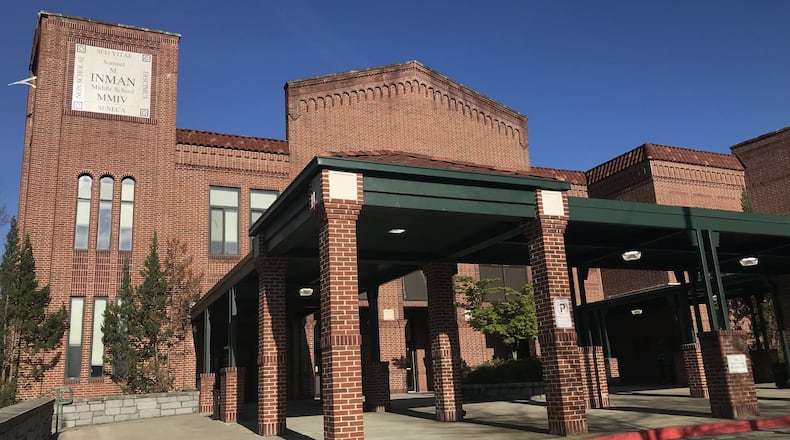Atlanta Public Schools will spend $900,000 developing a facilities master plan to guide decisions about consolidating and building schools and changing attendance zone boundaries.
The district will hire Atlanta-based firm Sizemore Group to develop a master plan and conduct a demographic study over the next 18 months.
Figuring out demographic patterns will help the district plan for where schools might need to be added or expanded and where schools may be combined because of population changes.
APS has seen vast enrollment fluctuations over the last half-century. Enrollment spiked to more than 100,000 students in the 1960s, then began to plummet as white families left.
In recent years, student counts have notched upward again as residents flock to gentrifying areas, including along the popular Beltline, and housing developments pop up.
The district, which enrolled 52,377 in October, has seen its student count grow by a couple of thousand students over the last decade. School leaders point to forecasts that predict the City of Atlanta’s population will continue to increase.
The school district also is a large Atlanta landowner, with more than 150 properties. The list includes 39 closed facilities and 19 vacant land sites, many of which are leased to tenants or are being used in other ways, according to district documents.
What to do with properties and buildings is a key issue that impacts not only where students go to school and how far those schools are from their homes, but also where the district spends construction dollars and which properties it could sell.
The planning effort aims to provide the data so school leaders can make informed decisions.
“There should be a strategy at the end about when to buy, when to sell, what to use empty buildings for. There should be a comprehensive strategy for what to do with our facilities over our next five to 10 years,” said board Chairman Jason Esteves.
School board member Michelle Olympiadis said the schools that feed Grady High School, which is in her district, and North Atlanta High School “are running out of space.” The problem is compounded by the traffic and congestion in those parts of town. She noted that many people also are choosing to live closer to where they work, creating a tighter neighborhood focus.
“We do have to consciously think about how to expand,” she said.
She said the consultant’s work should help identify buildings that can be brought back into use as schools or for other uses as well as pinpoint opportunities to swap land with other property owners.
The planning work will include community workshops and other opportunities for the public to be involved and provide feedback.
The finished facilities master plan is to include suggestions for rezoning attendance areas based on projected enrollment and identify options for school renovations, constructions and consolidations, according to district documents. The work also will include a real estate analysis to figure out the best and highest use for district properties and a plan to dispose of surplus and vacant properties.
Sizemore previously completed a master plan for APS in 2001 and updated the plan in 2007. The firm also worked on plans for City Schools of Decatur and for school districts in Delaware and Alabama.
Atlanta Public Schools
Enrollment by decade
1950-1951: 50,148
1960-1961: 97,866
1970-1971: 105,232
1980-1981: 71,897
1990-1991: 60,799
2000-2001: 58,230
2010-2011: 49,796
2018-2019: 52,377
About the Author
The Latest
Featured


